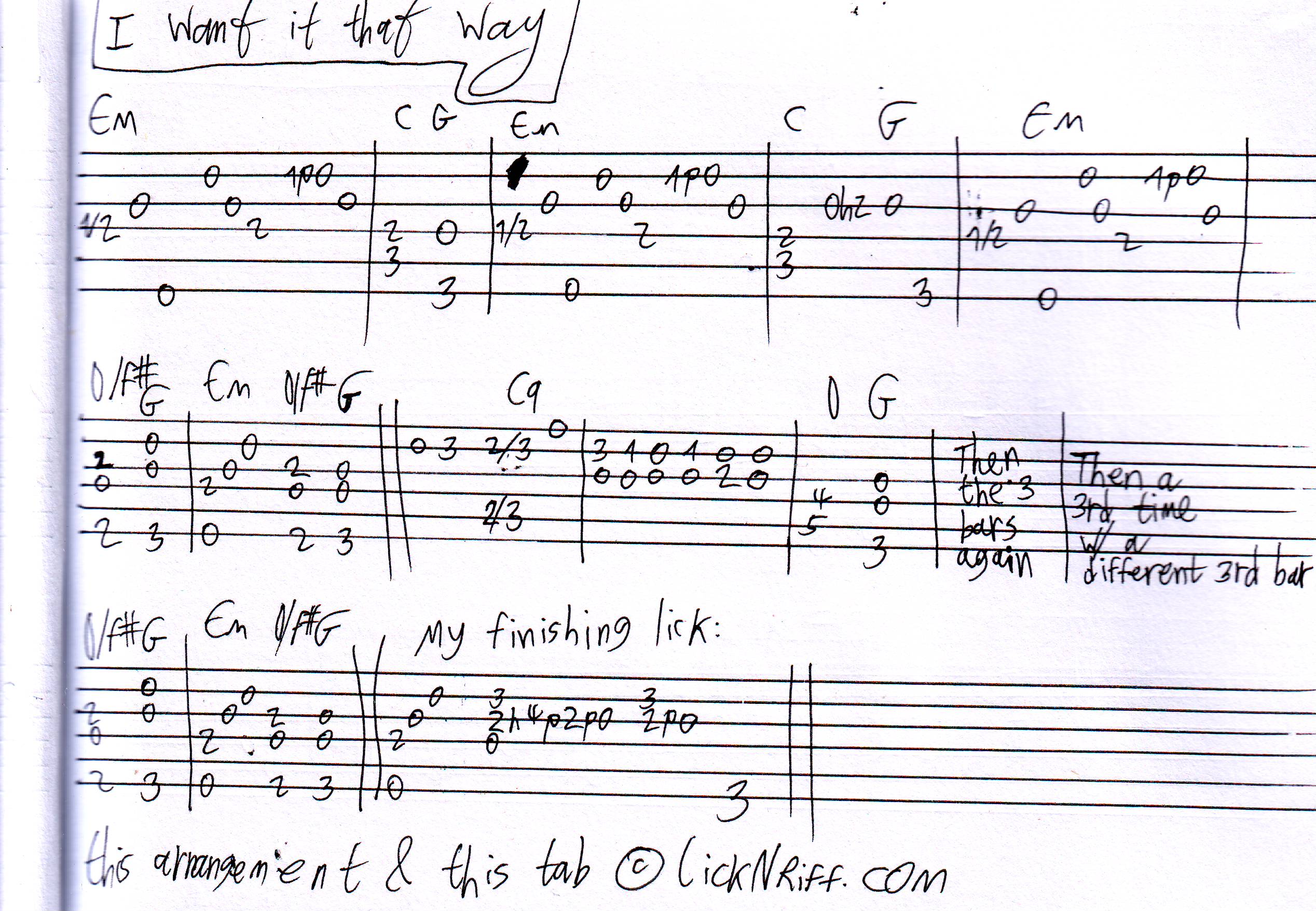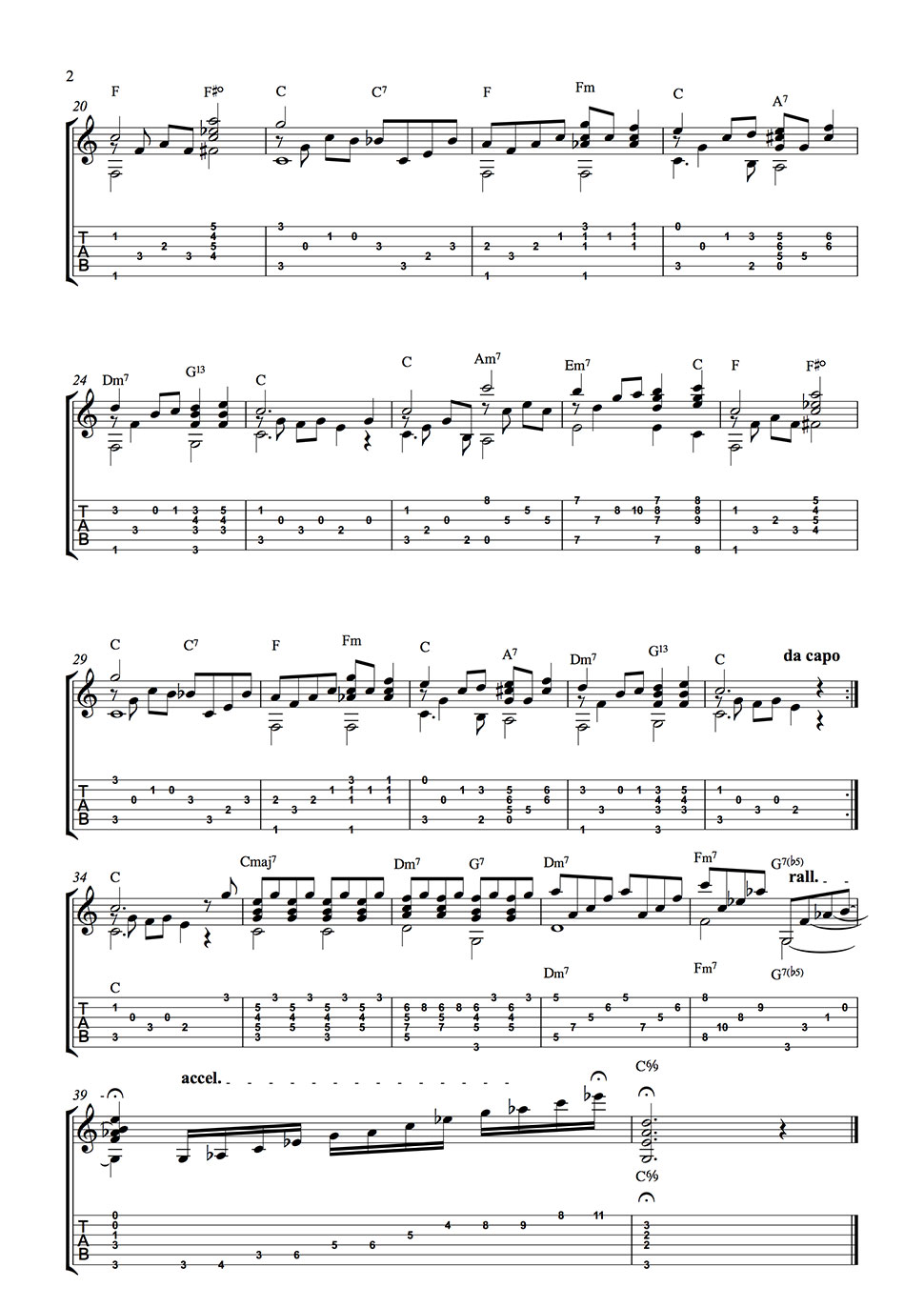

Likewise, open strings held down by the capo are written as open strings. For instance, a tune capoed anywhere up the neck and played using key-of-G chord shapes and fingerings will be written in the key of G. The standard notation and tablature is written as if the capo were the nut of the guitar. If a capo is used, a Roman numeral indicates the fret where the capo should be placed. An X indicates a string that should be muted or not played 0 indicates an open string. Again, the fingerings are only suggestions. Numbers above the diagram are fretting-hand finger numbers, as used in standard notation. Dots show where the fingers go, and thick horizontal lines indicate barres. The line on the far left represents the sixth (lowest) string, and the line on the far right represents the first (highest) string. A Roman numeral to the right of a diagram indicates a chord played higher up the neck (in this case the top horizontal line is thin). Guitar fingerings GUITAR CHORD DIAGRAMSĬhord diagrams show where the fingers go on the fingerboard. Remember that the fingerings indicated are only suggestions if you find a different way that works better for you, use it. Circled numbers indicate the string the note is played on. Picking-hand fingering is indicated by i for the index finger, m the middle, a the ring, c the little finger, and p the thumb. Fretting-hand fingering is indicated with 1 for the index finger, 2 the middle, 3 the ring, 4 the pinky, and T the thumb. Guitar tablature GUITAR FINGERINGSįingerings are indicated with small numbers and letters in the notation. The notation and tablature are designed to be used in tandem-refer to the notation to get the rhythmic information and note durations, and refer to the tablature to get the exact locations of the notes on the guitar fingerboard. The numbers refer to fret numbers on a given string. In tablature, the six horizontal lines represent the six strings of the guitar, with the first string on the top and sixth on the bottom. The most common time signature is 4/4, which signifies four quarter notes per measure and is sometimes designated with the symbol “C” (for common time). The top number tells you how many beats are in each measure, and the bottom number indicates the rhythmic value of each beat (4 equals a quarter note, 8 equals an eighth note, 16 equals a 16th note, and 2 equals a half note). The fraction (4/4, 3/4, 6/8, etc.) or “C” character shown at the beginning of a piece of music denotes the time signature. A quarter note equals one beat, an eighth note equals half of one beat, and a 16th note is a quarter beat (there are four 16th notes per beat). A whole note (see below) equals four beats. The duration of a note is determined by three things: the note head, stem, and flag. Notes are written in alphabetical order from A to G.

Standard notation is written on a five-line staff.


 0 kommentar(er)
0 kommentar(er)
